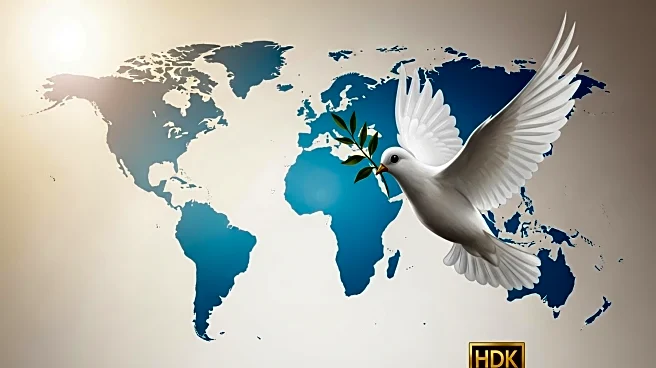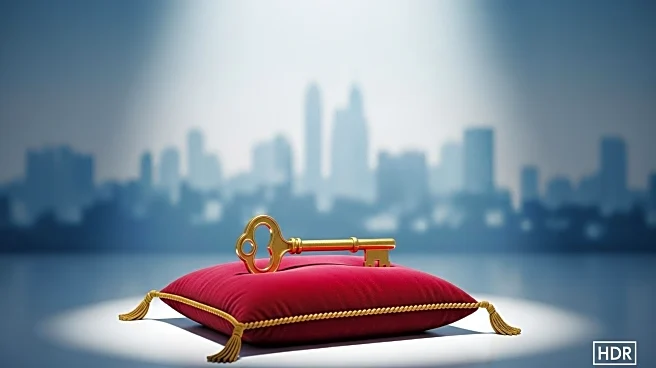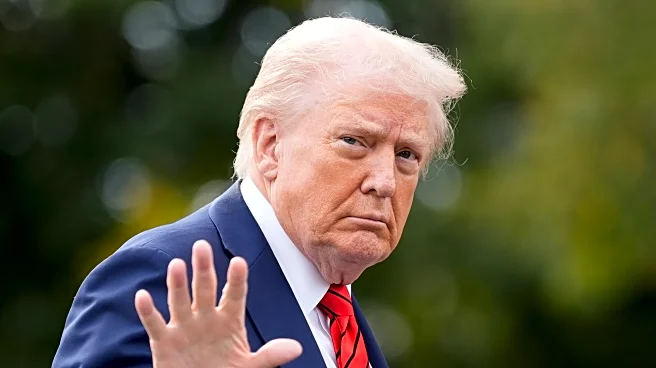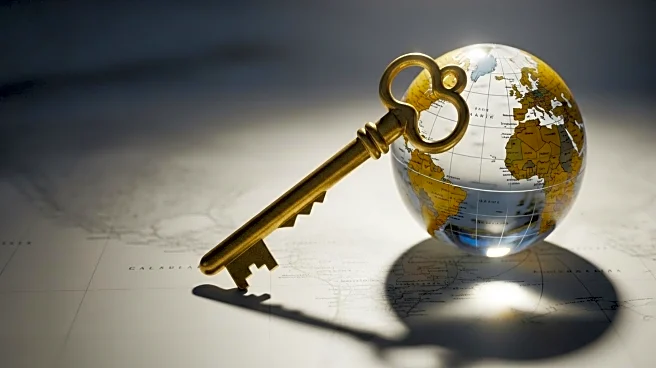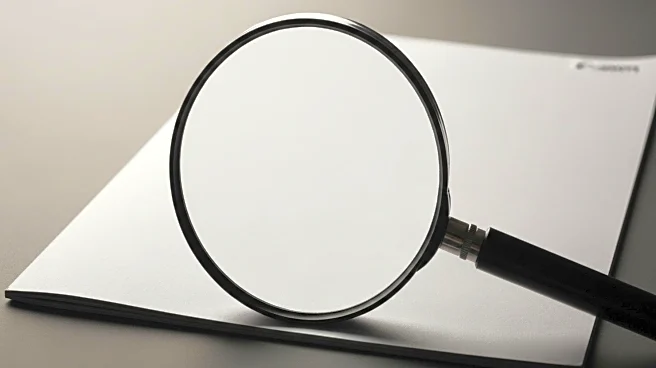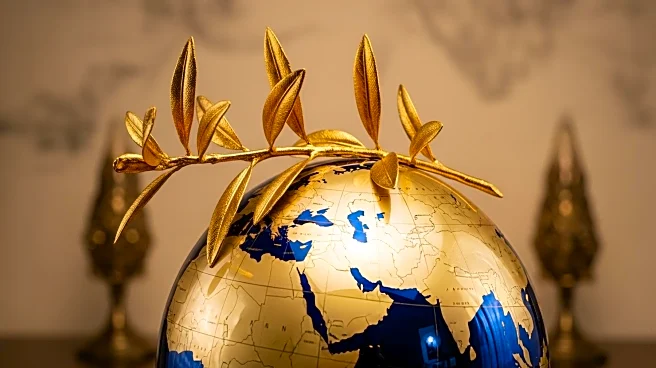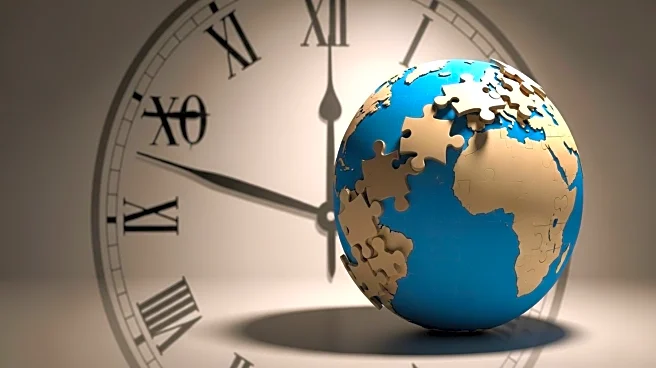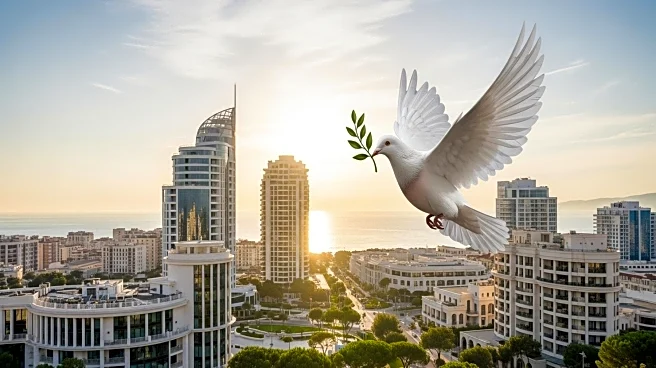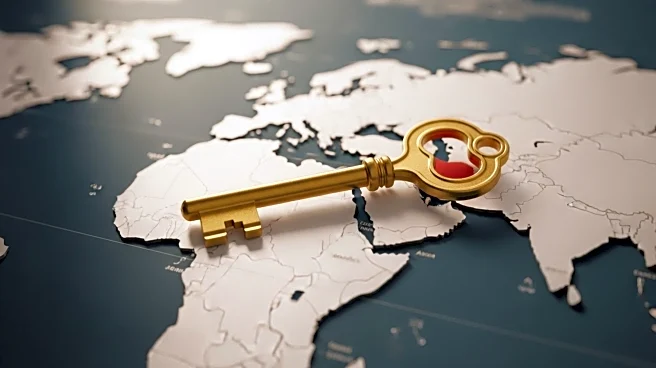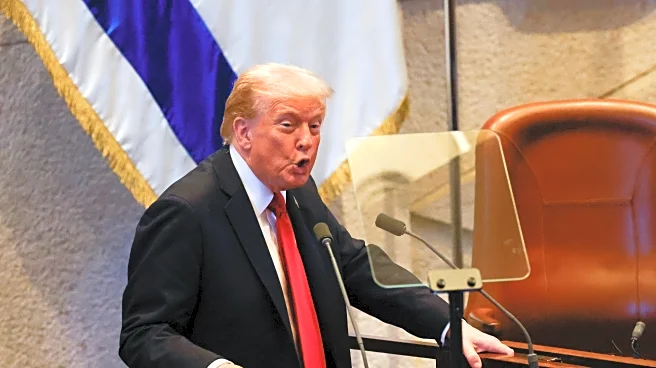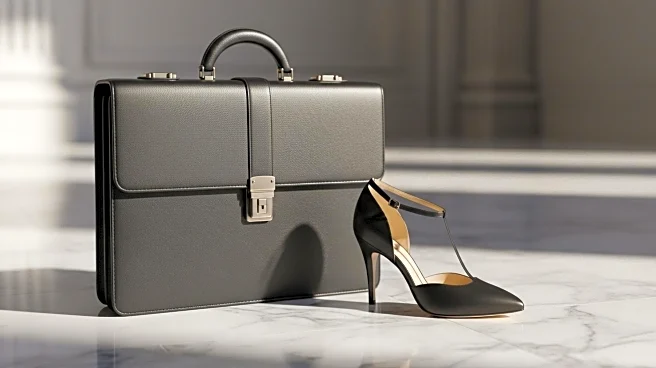What's Happening?
President Donald Trump expressed dissatisfaction with Time Magazine's cover image following his diplomatic visit to Israel and Egypt. The cover, which depicted Trump's efforts in the Middle East, was criticized by him for its portrayal, particularly the depiction
of his hair and a 'floating crown.' Despite his critique of the image, Trump acknowledged the magazine's article as relatively positive, highlighting his administration's role in securing a ceasefire deal in Gaza. This deal, facilitated by envoy Steve Witkoff and advisor Jared Kushner, aims to transform the region from conflict to peace. Trump's visit included meetings with Israeli families and a summit in Egypt, where he received support from Egyptian leader Abdel Fattah el-Sissi.
Why It's Important?
The ceasefire deal in Gaza represents a significant diplomatic achievement for President Trump, potentially marking a strategic turning point in the Middle East. The agreement could lead to a new era of peace and transformation in a historically conflict-ridden region. Trump's efforts have garnered international attention and support, emphasizing his influence in global diplomacy. The criticism of the Time Magazine cover, however, highlights the ongoing scrutiny and media portrayal challenges faced by Trump, which can impact public perception and his diplomatic legacy.
What's Next?
President Trump is set to return to Washington, D.C., to posthumously award the Presidential Medal of Freedom to Charlie Kirk, a conservative activist. This ceremony underscores Trump's commitment to honoring influential figures within his political sphere. Additionally, Trump plans to meet with Argentina's president, Javier Milei, which may further his diplomatic engagements. The ongoing developments in the Middle East peace process will likely continue to be a focal point of Trump's foreign policy agenda.
Beyond the Headlines
The portrayal of political figures in media can significantly influence public perception and political discourse. Trump's criticism of the Time Magazine cover reflects broader tensions between media representation and political narratives. This incident underscores the complex relationship between media outlets and political leaders, where visual and editorial choices can impact reputations and diplomatic efforts.
